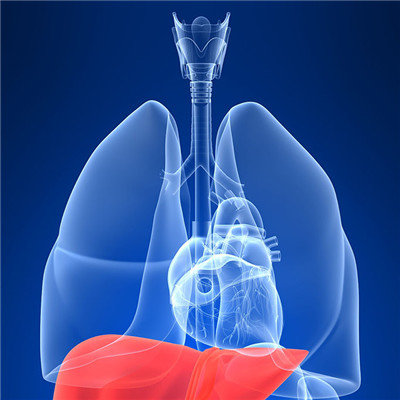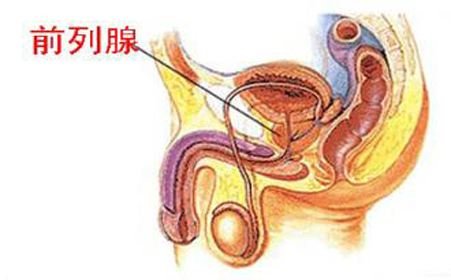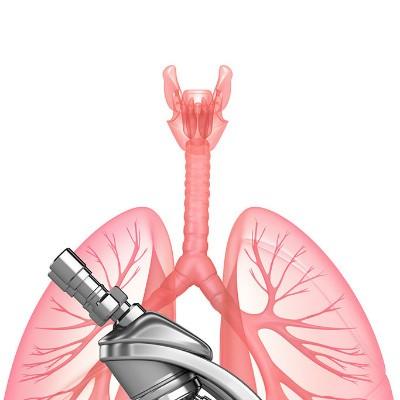Why don't you close the blood vessels?
summary
In vascular surgery, there is a very key operation is vascular suture. Here, let's briefly talk about the basic vascular suture technology. Why don't you close the blood vessels? Let's share my experience with you.
Why don't you close the blood vessels?
The basic requirement of vascular suture is to ensure the correct alignment of the vascular intima at both sides of the broken end of each suture. After the suture, there is no blood leakage, no vascular stenosis, smooth blood flow, and no tension in the sutured vessels.
Intermittent suture: it is mainly used for end-to-end anastomosis of small and medium-sized blood vessels and children's vascular anastomosis. The disadvantage of this suture method is that there may be bleeding between needles, and when adding needles, it may cause vascular stenosis. In addition, this suture method has too many knots, and it takes too much operation time.
Intermittent mattress suture: the advantage of this suture method is that the intima is complete and tight, and it is not easy to bleed. This kind of suture method is often used in aortic surgery near the heart, and when using this method to suture small and medium vessels, there may be annular coarctation
matters needing attention
Endovascular suture: this suture method is suitable for deep wound and difficult exposure of posterior wall of blood vessel. The needle should not be too deep when suturing. Continuous mattress suture: the advantage of this suture method is that the intima is complete and tight, and it is not easy to bleed. The disadvantage is that there will be annular narrowing when suturing small and medium vessels.











